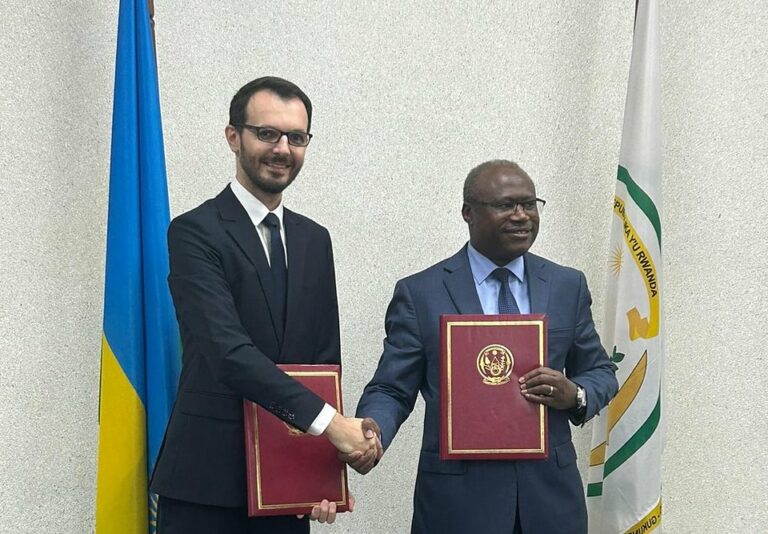Poland notes €10.5 bn trade surplus in 2023
According to Central Statistical Office (GUS) data, Poland had a foreign trade surplus of €10.5 billion in 2023, with the country’s largest partner again Germany. Although Poland had a trade surplus in many regions, a foreign exchange deficit of €79.3 billion in trade with China stood out.
According to the report presented by GUS on February 15, Poland recorded a trade surplus of €10.5 billion in foreign trade in 2023. Total exports were €351 billion, slightly lower than expected, but 1.4% higher than the same period of 2022. In January-November this was 1.8% higher.
In 2023, Poland’s exports to Germany reached €98.1 billion, a 1.7% increase compared to the previous year. In the January-November period, this was 2.2%. Exports to all other eurozone members reached €109.7 billion, increasing by 0.4% compared to 2022. The increase in January-November was 0.5%. The largest volume in this field was created with France, with trade reaching €21.5 billion, increasing by 8.4% compared to the previous year. The total volume of products and services sold to Italy was €16 billion, an increase of 0.8%. Even though there was a 0.8% decrease to the Netherlands, trade volume reached €15.8 billion. Exports to Spain increased by a remarkable 8.3%, reaching €9.6 billion. In trade with Slovakia, export volume was €9.6 billion, down 3.9%. Export volume to EU members outside the eurozone was €54.4 billion, a 4.1% decrease from 2022. The fall in January-November was 3.3%. The biggest partner in this field was the Czech Republic, one of Poland’s neighboring countries. Even though a 3.9% decrease was observed, an export volume of €22 billion was noted.
Trade with developed economies outside the EU was positive. Products and services worth €41.4 billion were exported to the countries in this classification, an increase of 4.5% y-o-y. The UK was the primary export destination, with export volume reaching €17.6 billion, up 4.5%. There was a 6.5% increase in flows to the US with exports of €10.9 billion.
Exports of €18.2 billion were calculated in the CEE classification. With the influence of Russia’s Ukrainian war, a remarkable increase of 16.8% in exports to Ukraine was observed – €11.3 billion.
Trade with other developing countries also remained positive. The total volume reached €29.2 billion, an increase of 7%.
Poland’s imports decreased by 7% in 2023. Total imports were calculated as €340.5 billion. In January-November, the decrease was 6.6%. The partner with the highest trade volume was again Germany. However, there was a decrease of 8.7% in imports throughout the year and 8.4% in the January-November period, with imports reaching €67.5 billion. Imports with other eurozone countries were also 2% lower than in 2022 as a whole and 2.3% lower in the January-November period. The value of products and services purchased from Italy was €16.5 billion, a 3.6% decrease. With the Netherlands, only a 0.1% increase was observed and the volume reached €13.9 billion. An increase of 3.8% was also observed in France, reaching €11.2 billion.
The amount of products and services purchased from the Czech Republic decreased by 1.6% to €11 billion. Despite this, there was a 9.4% increase in imports from EU countries outside the eurozone with a volume of €36.6 billion.
The amount of products and services purchased from developed countries outside the EU also increased by 3.8% to €40.9 billion. While contact with the US decreased by 4.8%, imports from South Korea increased by 10.4%. Imports from the US reached €14.9 billion and from South Korea reached €9.6 billion. The biggest import increase was from Norway: 69.5% and €8.3 billion.
Russia’s Ukrainian War also greatly affected exports from CEE. With a decrease of 66.9%, only €7.6 billion could be purchased.
The volume of products purchased from developing countries was calculated as €108.5 billion, even if it decreased by 6.1%. The main reason for this was, of course, Poland’s second import partner, China: purchases of €47.4 billion, despite a 12.1% decrease.
A trade surplus of €10.5 billion Euros was widely greeted as a success, though foreign trade data varied between regions and countries. Poland had a surplus of €30.6 billion in its trade relations with Germany, its largest trade partner. The trade surplus with other eurozone countries was €300 million short of this figure. In the context of countries outside the eurozone, €17.8 billion remained in excess cash. A trade balance was also neared with developed economies outside the EU: a trade surplus of €500 million. In CEE, a foreign exchange surplus of €10.6 billion remained in Poland’s coffers.
Balancing trade surpluses elsewhere was trade with developing economies, especially China: a foreign exchange deficit of €79.3 billion.







